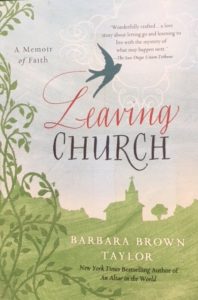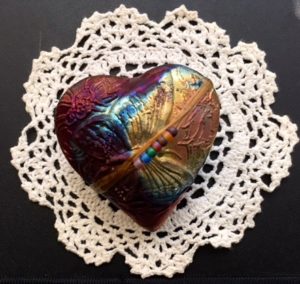Mar. 3: This was a transition day from my home-based retreat to UBarU, a camp and retreat center a little west of Kerrville, TX. It is an official International Dark Sky, where professional, amateur, and youth astronomers can learn about astronomy far from city lights.
I rented the Ranch House for a couple of nights, which turned out to be pretty darn cold, with temperatures below freezing (20F). When I made my plans it seemed likely that I would enjoy reading or writing on the porch–but it was too cold and windy to suit me. Thank goodness for heaters and hot chocolate I could make after my walks! Estelle Frankel (The Wisdom of Not Knowing) suggests that we ask a good question every day, such as, “Where is this experience taking me?” Be curious about the unknown.
Already this experience was teaching me how good it is to take a few days of silence and prayer every now and then. It took me into meditation more than once a day, for 25 minutes at a time. I turned the coffee table into an altar graced with a chalice, prayer beads, and a small stone inscribed with “A.S.A.P. / Always Say A Prayer.” The book is Danna Faulds’ Prayers to the Infinite: New Yoga Poems. The heart shape is inscribed with a butterfly. I placed my meditation cushions on the floor next to the altar.
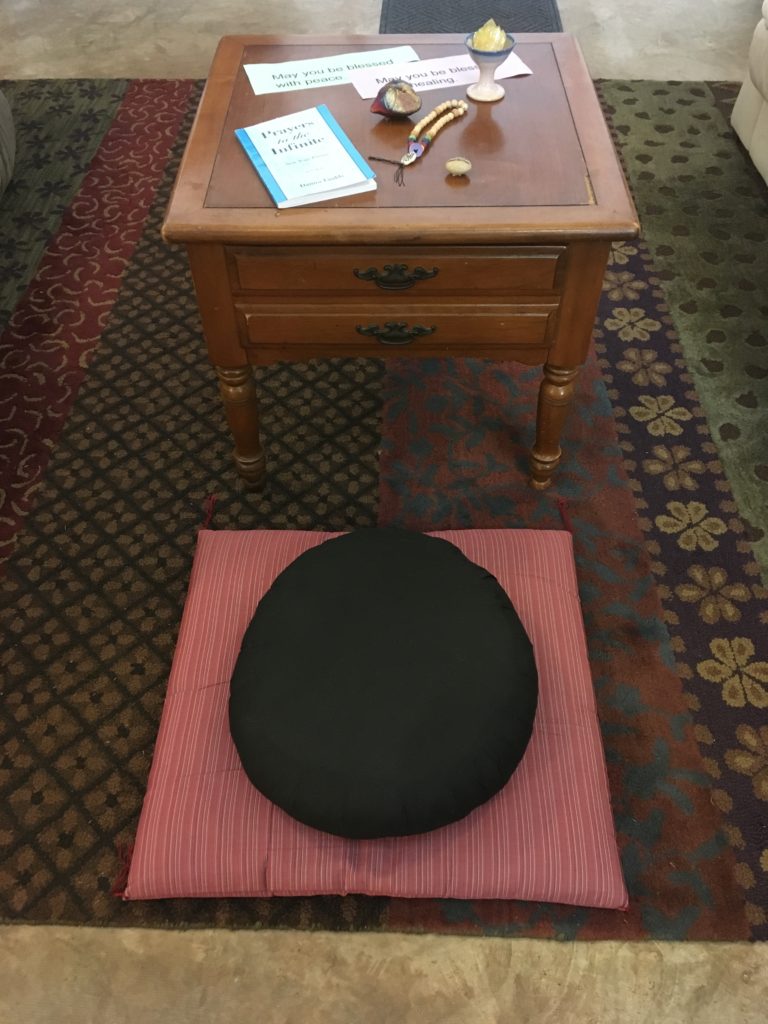
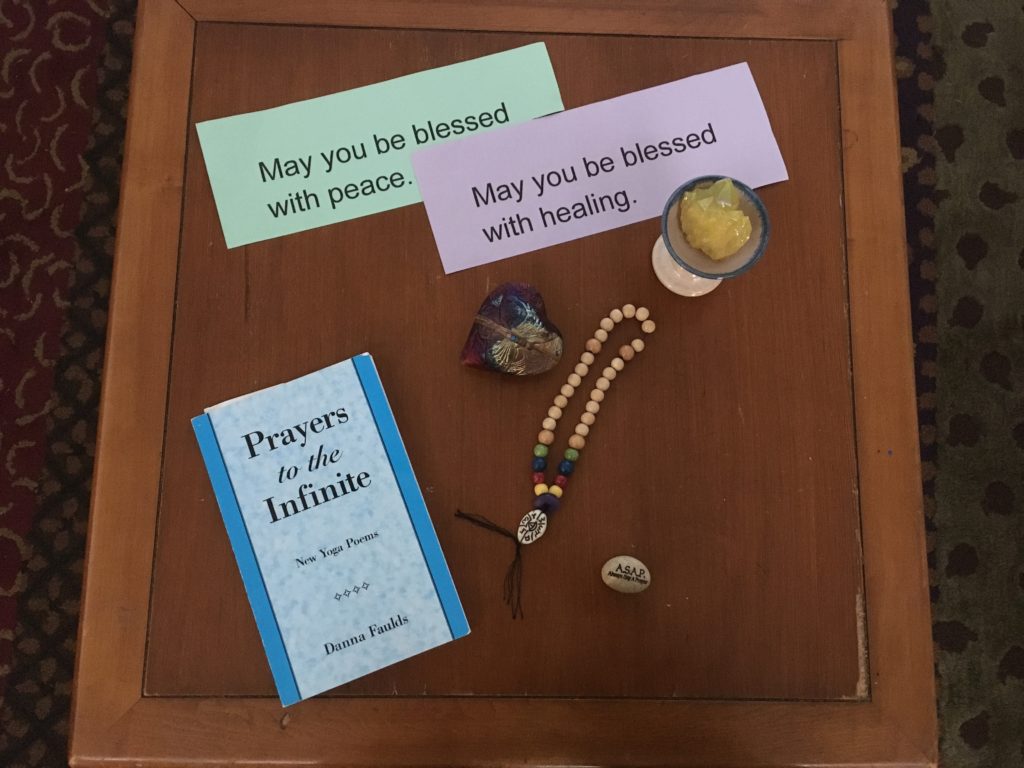

 Acorn?
Acorn?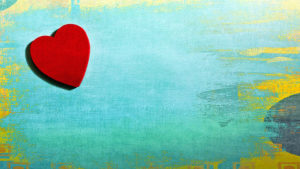 Art by
Art by 